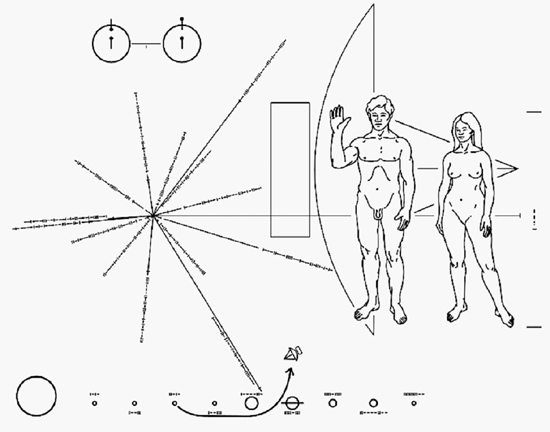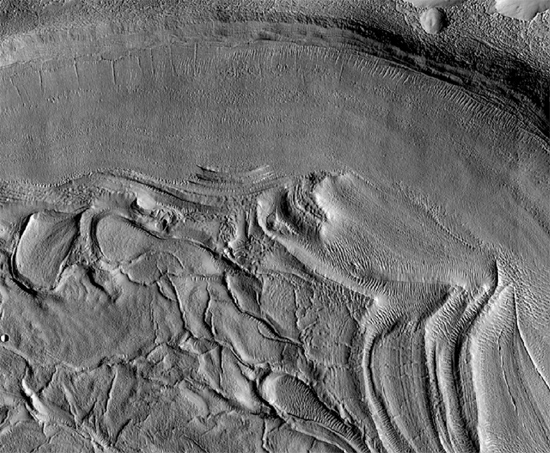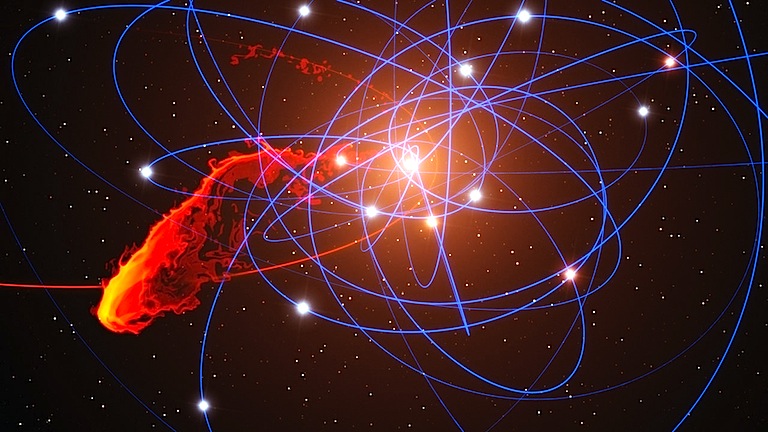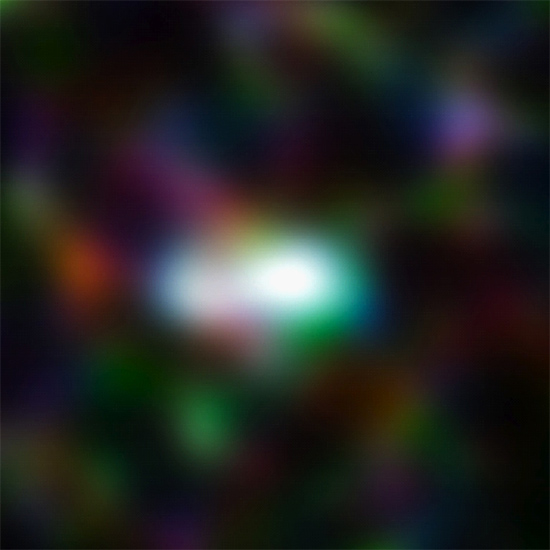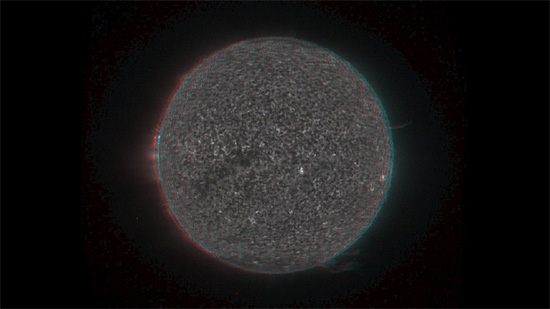Year: 2012
Black Hole Surprise
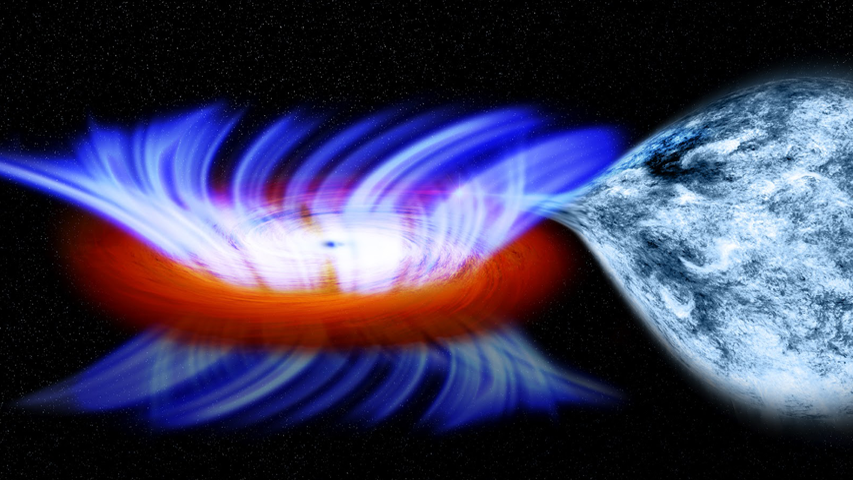
Scientists working with the VLA telescope recently discovered something very “surprising” — two bright radio spots in the globular cluster M22, which they interpret as proof of two small “black holes.” But the discovery does not fit with the expectations of black hole theorists. From http://www.nrao.edu/pr/2012/m22/: “We didn’t find what…
Les Panaches De La Lune

Oct 16, 2012 Enceladus continues to provide evidence supporting Electric Universe theories. On March 2, 2012 the Cassini-Solstice spacecraft flew by Saturn’s moon Enceladus at a distance of 74 kilometers, the closest it will come for the next three years. Cassini again passed over the “superheated geysers” erupting from…
Subsurface Glaciers on Mars?
The Impossible Star
Astronomers today are puzzled by a star that by conventional wisdom should not exist. Scientists who have studied the star’s elemental composition discovered a stunning paradox – the star is made almost entirely of hydrogen and helium, leading astronomers to believe it is the oldest star ever observed, and the closest…
Down the Hatch
Xaturn
Pits and Chains
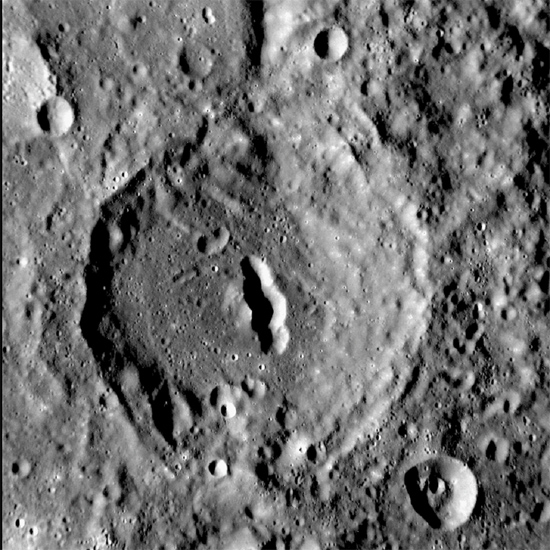
Oct 10, 2012 Rather than volcanic vents, pits in craters could be a sign of electrical activity. On August 3, 2004, NASA launched the Mercury Surface, Space Environment, Geochemistry and Ranging (MESSENGER) experiment from the Cape Canaveral facility on a 7-year mission to study the Solar System’s innermost planet. The…
The Safire Project – Testing the Electric Sun
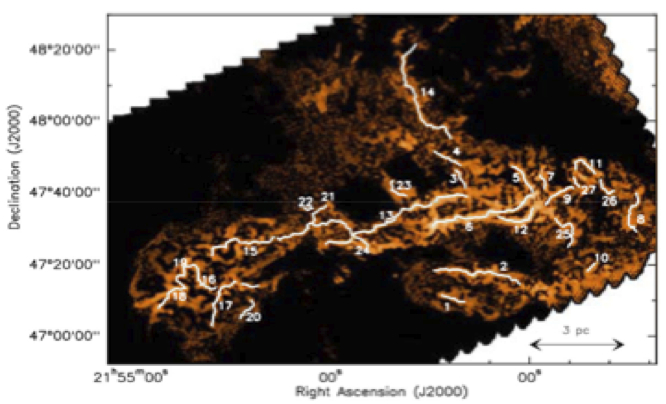
Outside of the earth, the Sun is the most heavily studied body in the solar system. Yet almost all of the Sun’s features present major quandaries for solar physicists. But now, an expert on “Design of Experiment” methodologies, Monty Childs, is heading up a project to demonstrate how an electrified…





